Info
Subfamily: Panicoideae
Genus etymology: Bothriochloa = "pitted grass" [Greek] refering to the pits on the lower glume in most species
Species etymology: pertusa = "with a pit" [Latin] refering to th epit of the lower glume
Photosynthetic type: C4 (warm season)
Nativity: naturalized - intentional
First recorded in Hawaiʻi: 1916
Map

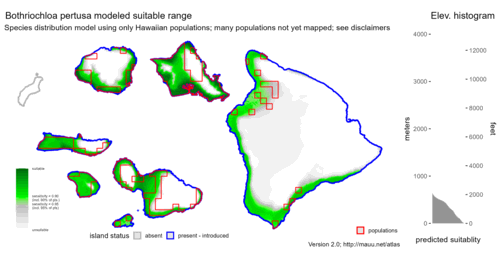
Inflorescence
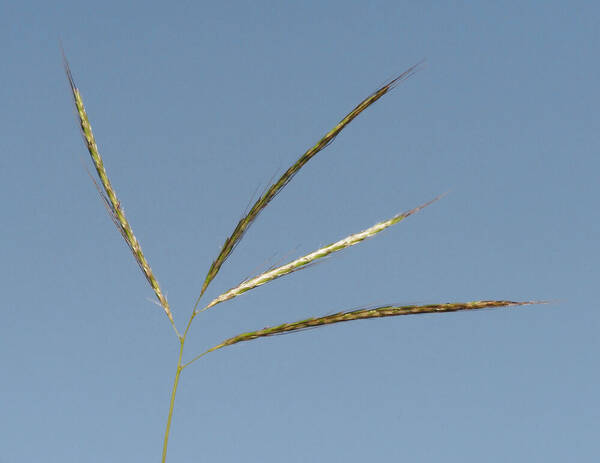
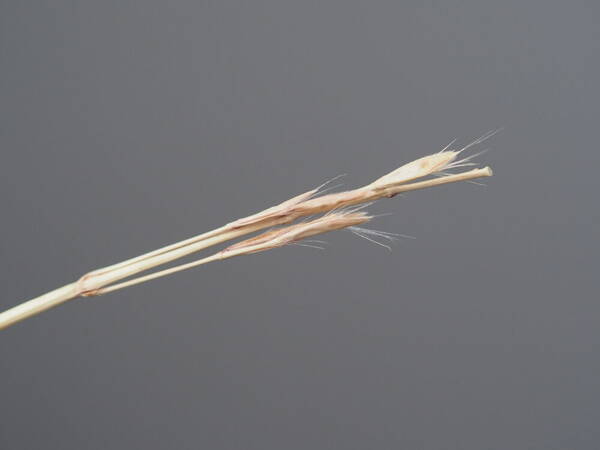
Plant
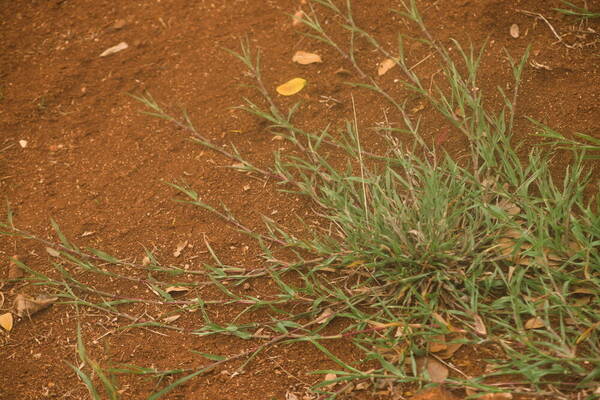
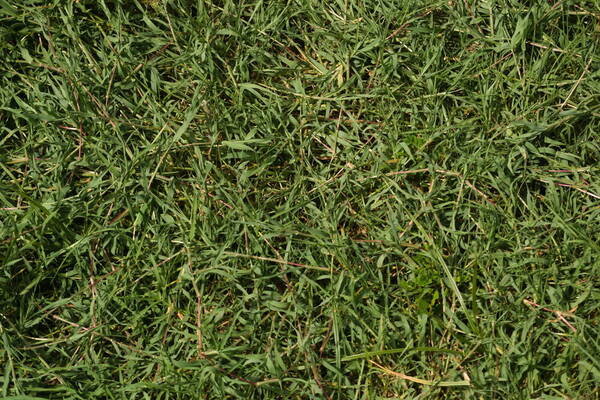
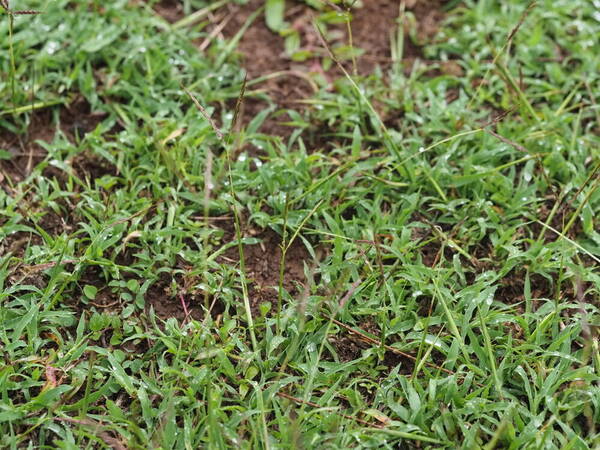
Habit
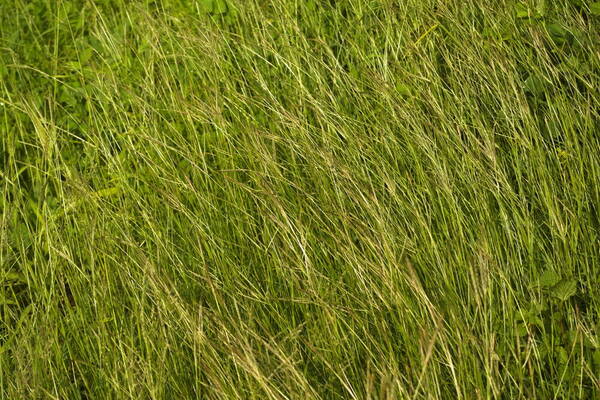
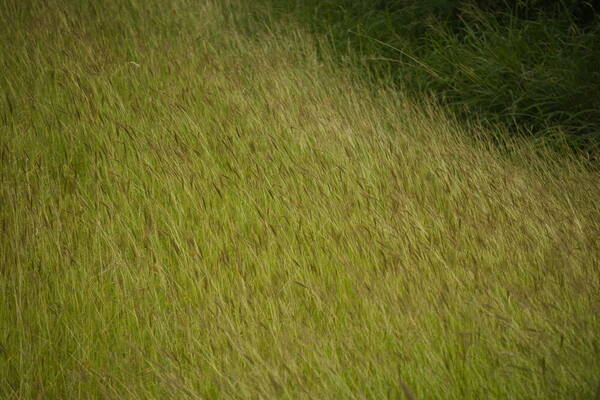
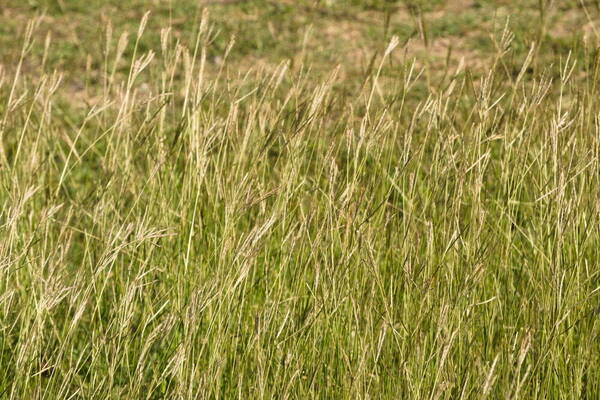
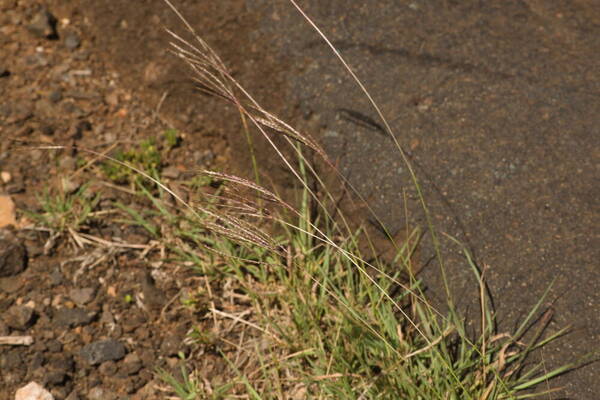
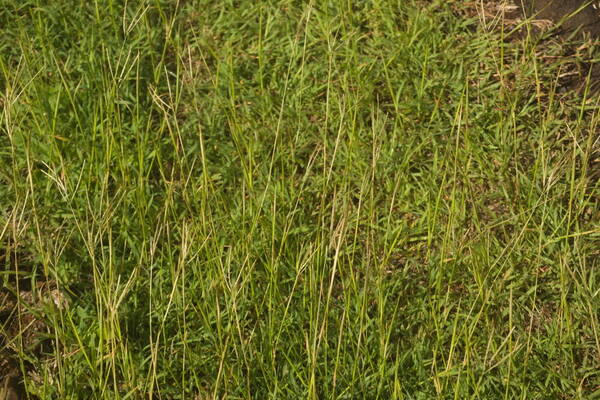
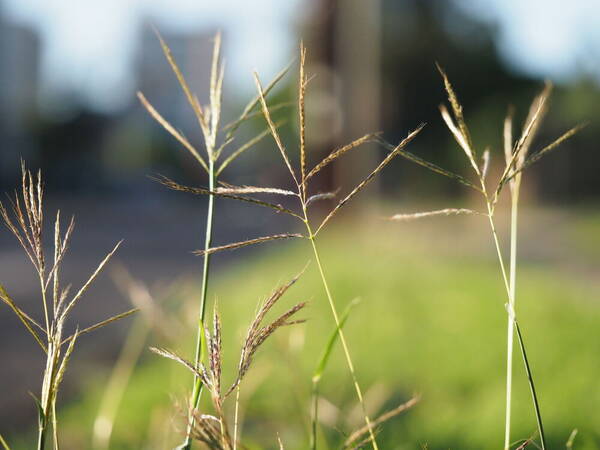
Spikelets
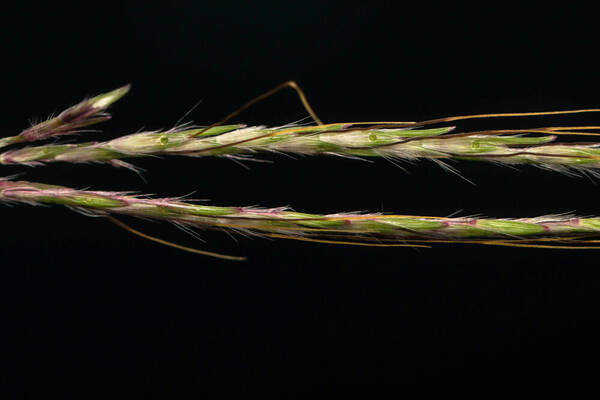
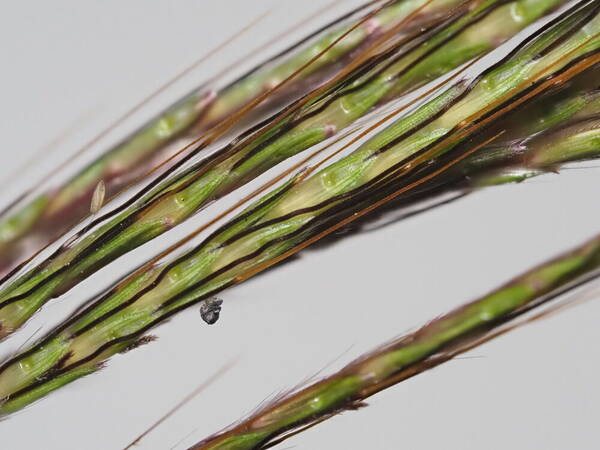
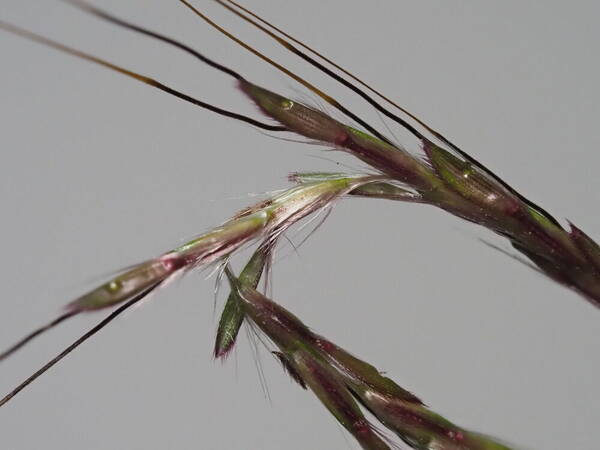
Landscape
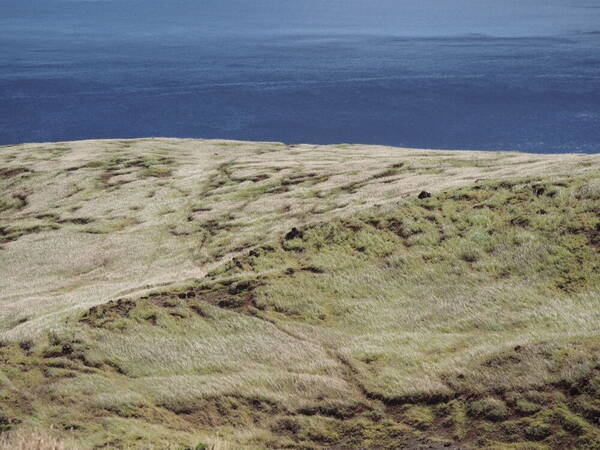
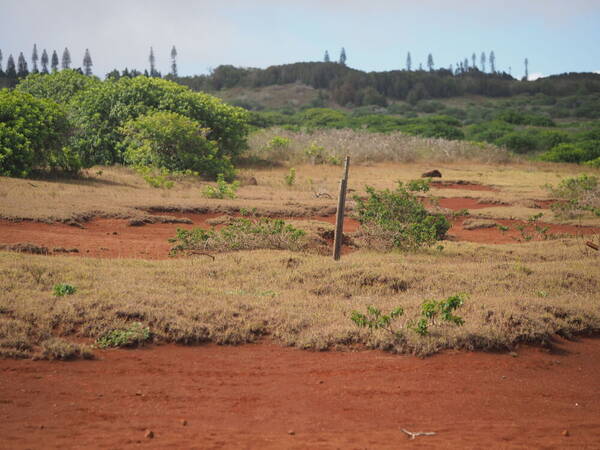
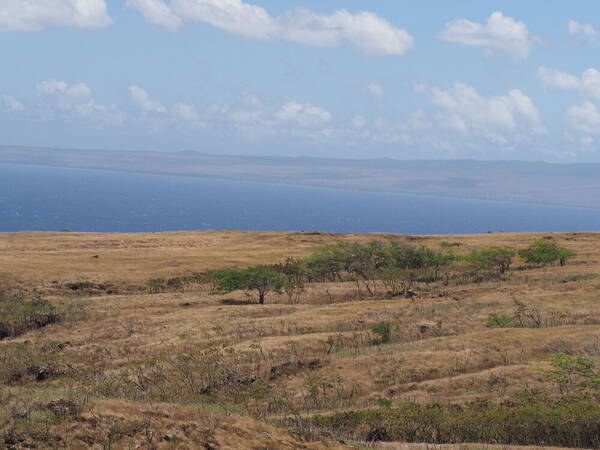
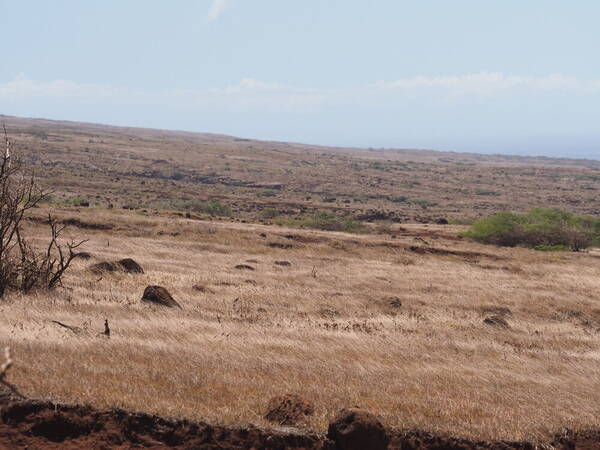
Node
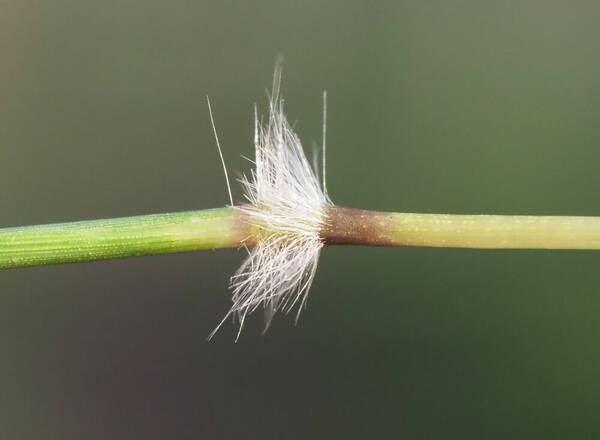
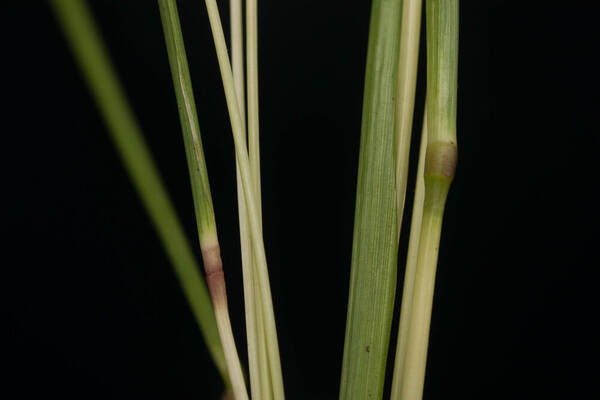
Description
Plants cespitose or stoloniferous. Culms to 100 cm, often decumbent or stoloniferous, freely branching; nodes bearded. Leaves mostly basal, green, sometimes glaucous; sheaths glabrous, keeled; ligules 0.7-1.5 mm; blades 3-15 cm long, 3-4 mm wide, flat, margins and ligule regions hairy. Panicles 3-5 cm, fan-shaped, often purplish; rachises 0.2-2 cm, with 3-8 branches; branches 3-4.5 cm, longer than the rachises, usually with 1 rame; rame internodes with villous margins, with 1-3 mm hairs. Sessile spikelets 3-4 mm, lanceolate; callus hairs about 1 mm; lower glumes sparsely hirtellous, with a prominent dorsal pit near the middle; awns 10-17 mm; anthers 1-1.8 mm, yellow. Pedicellate spikelets the same size as the sessile spikelets, sterile, pitted or not, occasionally with 2 pits. 2n = 40, 60.
(Description source: Barkworth, M.E., Capels, K.M., Long, S. & Piep, M.B. (eds.) 2003. Flora of North America, north of Mexico. Volume 25. Magnoliophyta: Commelinidae (in part): Poaceae, Part 2. Oxford University Press, New York. 783 pp http://floranorthamerica.org/Bothriochloa_pertusa )
Sprawling perennials, rhizomes contracted; culms 30-100 cm tall, hollow, freely branching, glabrous except upwardly bearded at nodes, rooting at lower nodes. Sheaths keeled, hirsute; ligule a ciliate membrane, 0.7-1.2 mm long; blades 3-4 mm wide, with scattered, elongate, papillose-based hairs along margins and above ligule. Inflorescences terminal, often purplish, flabellate, 3-5 cm long, peduncles exserted up to 12 cm from the subglabrous, bladeless upper sheath, glabrous or slightly bearded at apex, consisting of several ascending racemes, racemosely arranged along a short axis, pedicels of pedicellate spikelet ca. 3 mm long, densely villous, flattened; pedicellate spikelet 3-4 mm long, sterile or sometimes staminate, often purple-tinged, scaberulous; sessile spikelet ca. 5 mm long; first glume subcoriaceous, with a conspicuous pit in the middle, villous on lower 1/2, scabrous on upper 1/2, attenuate, often bidentate at apex, second glume ca. 5 mm long, submembranous, keeled, minutely puberulent at apex, otherwise glabrous, apiculate; first (sterile) lemma 2.5-2.7 mm long, hyaline, ciliate on upper margins, fertile lemma reduced to a slender, geniculate, reddish brown awn 15-20 mm long; palea absent. Caryopsis ovoid to ellipsoid, 1.5-2 mm long. [2n = 36, 40, 60.]
(Description source: O’Connor, P.J. 1990. Poaceae, pp. 1481–1604. In: Wagner W.L., Herbst D.R. & Sohmer S.H. (eds.)., Manual of the flowering plant of Hawaiʻi. Vol. 2. University of Hawaii Press & Bishop Museum Press, Honolulu )